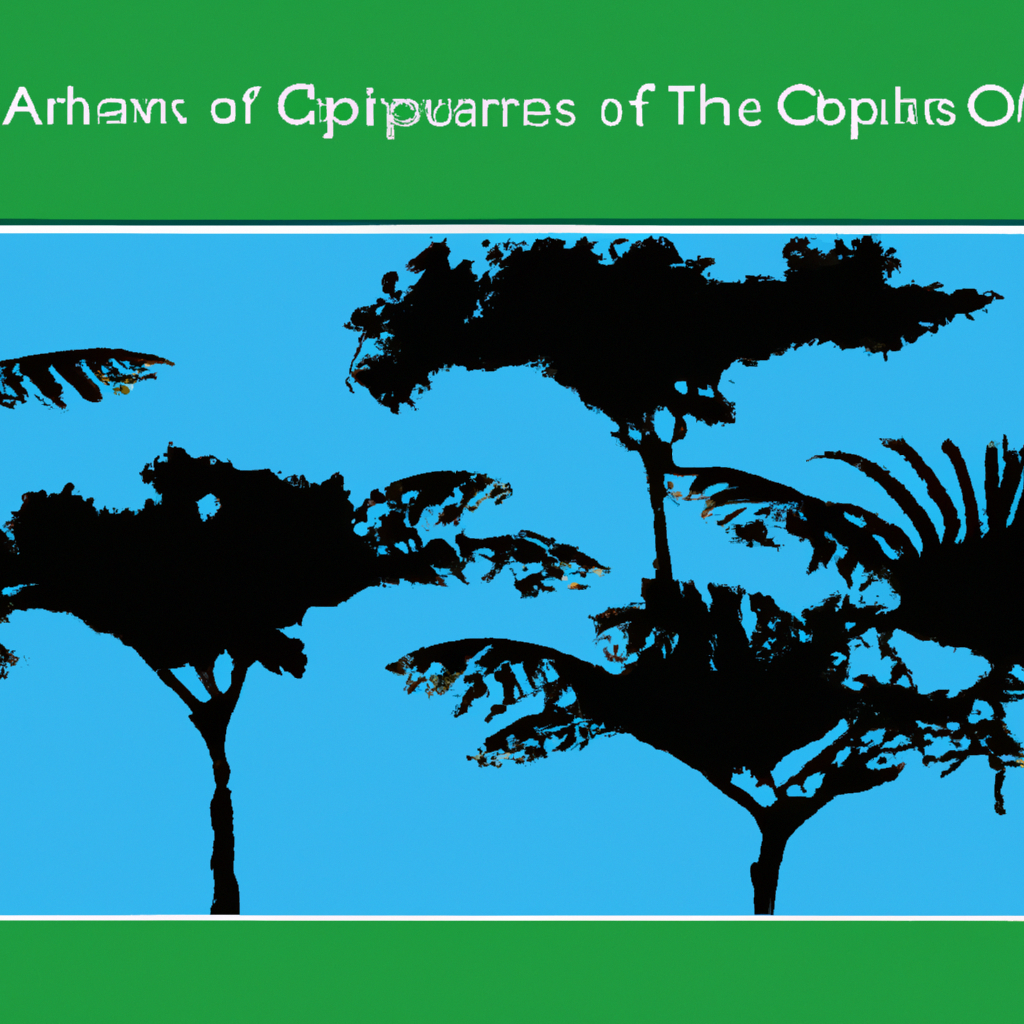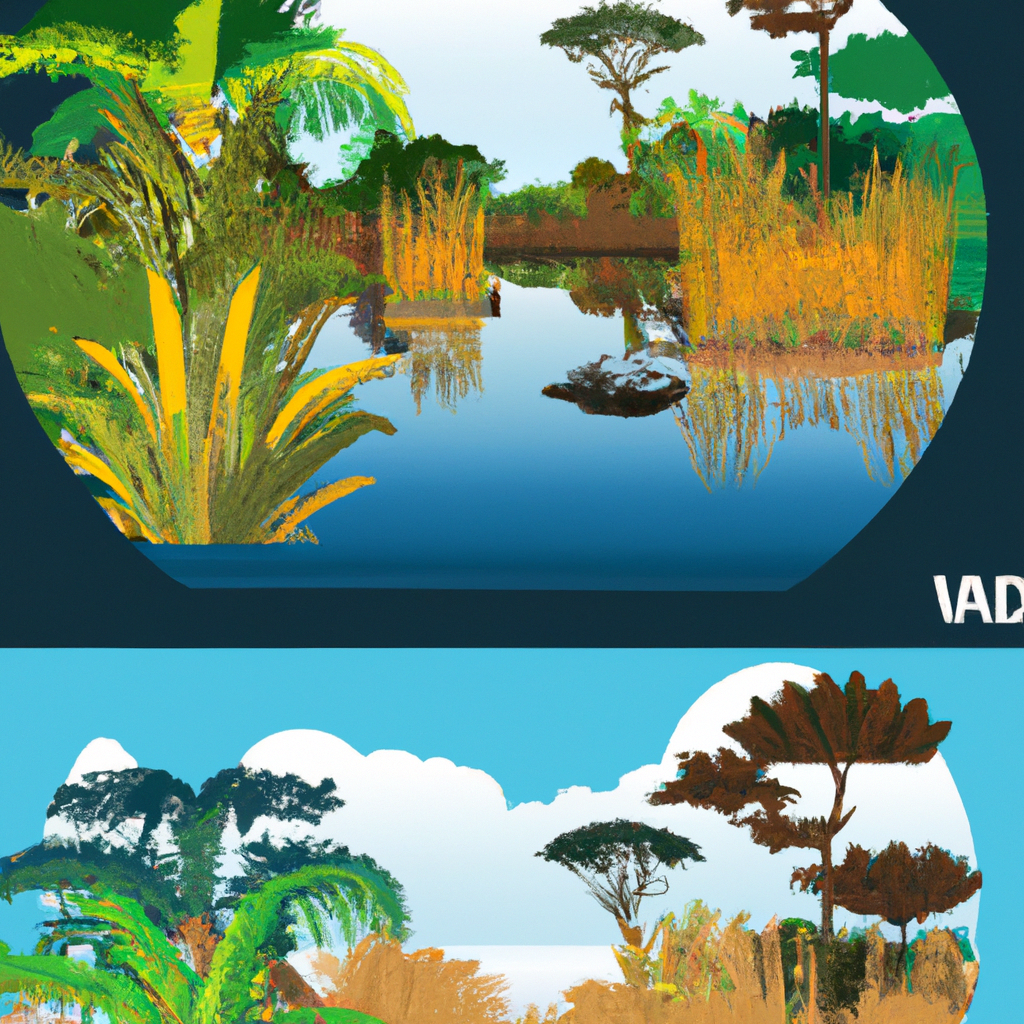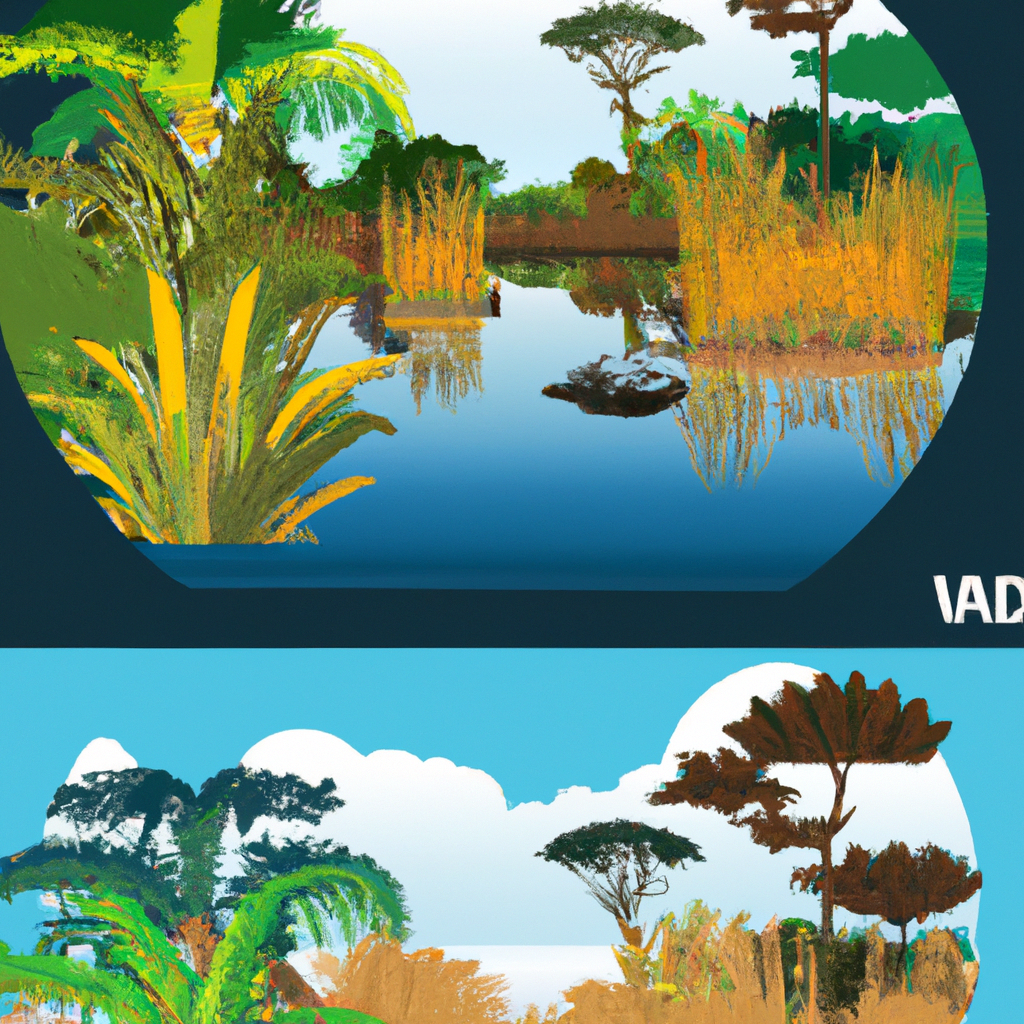Imagine stepping into a world bursting with vibrant colors, mesmerizing sounds, and an abundance of curious creatures. Welcome to the Amazon Rainforest in Suriname, a hidden gem waiting to be explored. On this journey of awe and discovery, you will come face to face with towering trees, intricate ecosystems, and a plethora of exotic plant and animal species. From the bewitching calls of tropical birds to the stealthy movements of elusive jaguars, every moment spent in this unparalleled paradise will leave you captivated and eager to delve deeper into the mysteries of this enchanting rainforest. Embark on this extraordinary adventure and unveil the wonders of the Amazon Rainforest in Suriname.

Geographical Location of Suriname
Suriname, a small country located on the northeastern coast of South America, is nestled between Guyana to the west and French Guiana to the east. It spans an area of approximately 163,820 square kilometers. The coordinates of Suriname are 3.9193° N latitude and 56.0278° W longitude.
Climate
Suriname enjoys a tropical rainforest climate, which means that it experiences high humidity and ample rainfall throughout the year. The average temperature ranges between 24°C and 32°C (75°F and 90°F) with little variation. The country experiences two distinct seasons – a wet season from May to August and a dry season from September to April.
Topography
Suriname’s terrain is characterized by diverse topography. In the northern coastal region, you’ll find low-lying coastal plains that stretch for about 15-20 kilometers inland. As you move further inland, the landscape gradually transforms into rolling hills and plateaus covered with lush rainforests. Suriname is also home to the Wilhelmina Mountains, the highest peak being Juliana Top, reaching an elevation of 1,230 meters (4,035 feet) above sea level.
Biodiversity in Suriname’s Amazon Rainforest
Suriname is blessed with a rich and diverse ecosystem, primarily situated in its vast Amazon rainforest. This verdant paradise is teeming with a remarkable range of plant and animal species, making it a treasure trove for researchers, nature enthusiasts, and those seeking to explore the wonders of the natural world.
Flora
The flora of Suriname’s Amazon rainforest is incredibly diverse and captivating. It is divided into three distinct layers: the emergent layer, the canopy layer, and the understory layer. Each layer supports a unique assortment of plant life, contributing to the overall splendor of the rainforest.
Fauna
The fauna of Suriname’s Amazon rainforest is equally astounding, with a remarkable array of animal species that call this ecosystem their home. From majestic mammals to colorful birds, fascinating reptiles to captivating amphibians, and a plethora of fish and insects, the rainforest is alive with an enchanting symphony of life.
Flora of Suriname’s Amazon Rainforest
Emergent Layer
The emergent layer of Suriname’s Amazon rainforest refers to the highest layer of the forest comprising towering trees that reach extraordinary heights. These majestic giants often surpass the strong 50-meter mark (164 feet) and rise above the rest of the forest canopy, providing a habitat for a unique set of flora and fauna.
Canopy Layer
The canopy layer, located just below the emergent layer, forms a lush green roof that dominates the rainforest. It consists of a dense network of tree crowns intertwined with vines, bromeliads, orchids, and epiphytes. This layer supports a wide variety of plant species and provides a vital habitat for many forest animals.
Understory Layer
Beneath the canopy layer lies the understory, a dimly lit and densely vegetated region of the rainforest. This layer is characterized by small trees, shrubs, and ferns that thrive in the limited sunlight that filters through the canopy. It is an important part of the forest ecosystem, offering shelter and resources to numerous plant and animal species.
Emergent Layer
Characteristics
The emergent layer of Suriname’s Amazon rainforest is characterized by towering trees that emerge above the forest canopy, creating a mesmerizing sight. These trees possess straight trunks with few branches until they reach the top, where they form a dense crown. They are often buttress-rooted, providing stability and anchorage.
Dominant Species
The dominant species in the emergent layer include the majestic greenheart tree (Chlorocardium rodiei) and the towering mora tree (Mora excelsa). These massive trees are known for their impressive height and serve as habitats for various bird species, including the vibrant scarlet macaw (Ara macao).

Canopy Layer
Characteristics
The canopy layer of Suriname’s Amazon rainforest is a bustling and vibrant world filled with a multitude of trees, plants, and abundant wildlife. The trees in this layer have high crowns, forming a continuous canopy that intercepts a significant portion of sunlight. It is estimated that nearly 80% of the rainforest’s plant and animal species reside in this layer.
Dominant Species
Some of the dominant species within the canopy layer include the towering kapok tree (Ceiba pentandra), the versatile and industrious Brazil nut tree (Bertholletia excelsa), and the majestic giant silk cotton tree (Bombax ceiba). These trees provide food, shelter, and nesting sites for a diverse range of animals, including colorful toucans and mischievous monkeys.
Understory Layer
Characteristics
The understory layer of Suriname’s Amazon rainforest is a shaded and humid environment, characterized by smaller trees, shrubs, and plants that thrive in the limited sunlight. The vegetation in this layer is adapted to low light conditions and tends to have large leaves to maximize photosynthesis.
Dominant Species
Several dominant species thrive in the understory layer, such as the understory palms (Geonoma spp.), which form dense thickets providing shelter for various bird species. Other notable species include the uxi tree (Endopleura uchi) and the sensitive plant (Mimosa pudica), which folds its leaves when touched, earning it the name “shame plant.”
Fauna of Suriname’s Amazon Rainforest
The fauna of Suriname’s Amazon rainforest is incredibly diverse, boasting an astonishing variety of animal species. From large mammals to tiny insects, this ecosystem provides a home for countless fascinating creatures.
Mammals
The rainforest is inhabited by a wide range of mammals, including large predators like the jaguar (Panthera onca), the ocelot (Leopardus pardalis), and the puma (Puma concolor). Other remarkable species include the Amazon river dolphin (Inia geoffrensis), the giant anteater (Myrmecophaga tridactyla), and various monkey species like the red howler monkey (Alouatta seniculus).
Birds
Suriname’s rainforest is a haven for birdwatchers, with over 700 bird species documented. From colorful toucans and parrots to striking macaws and hummingbirds, the avian diversity is awe-inspiring. Key species include the harpy eagle (Harpia harpyja), the great green macaw (Ara ambiguus), and the golden-headed manakin (Ceratopipra erythrocephala).
Reptiles
The rainforest is home to an abundance of reptiles, including venomous snakes like the fer-de-lance (Bothrops atrox) and the bushmaster (Lachesis muta). Suriname is also home to several turtle and caiman species, such as the green sea turtle (Chelonia mydas) and the black caiman (Melanosuchus niger).
Amphibians
Amphibians play a vital role in the rainforest’s ecosystem, serving as bioindicators and contributing to nutrient cycling. Suriname’s rainforest is home to an array of frogs, toads, and salamanders. Notable species include the golden poison frog (Phyllobates terribilis), the Surinam toad (Pipa pipa), and the colorful tree frog (Hypsiboas punctatus).
Fish
The rivers and streams that flow through Suriname’s rainforest are teeming with diverse fish species. Cichlids, tetras, and catfish are among the common finds, with the colorful discus fish (Symphysodon spp.) and the fearsome piranha (Serrasalmus spp.) being notable inhabitants.
Insects
Insects are abundant in the rainforest, ranging from delicate butterflies and vibrantly colored beetles to buzzing bees and camouflaged praying mantises. This rich insect life supports the intricate web of life, serving as a crucial source of food for other animals. Key species include the morpho butterfly, the bullet ant, and the orchid bee.
Conservation Efforts
Recognizing the immense value of Suriname’s Amazon rainforest, efforts have been made to conserve and protect this fragile ecosystem.
Protected Areas
Suriname has established several protected areas to safeguard its rainforest, including the Central Suriname Nature Reserve, which spans over 1.6 million hectares. This reserve is a UNESCO World Heritage site and harbors an incredible range of biodiversity. Other protected areas include the Brownsberg Nature Park and the Raleighvallen-Voltzberg Nature Reserve.
Collaborative Initiatives
Collaborative initiatives between the Surinamese government, international organizations, and local communities have been instrumental in promoting sustainable practices and conservation efforts. These collaborations aim to strike a delicate balance between economic development and environmental preservation, ensuring the long-term survival of Suriname’s Amazon rainforest.
In conclusion, Suriname’s Amazon rainforest is a treasure trove of biodiversity, where flora and fauna coexist in a delicate ecosystem. From the towering emergent trees to the buzzing insect life, every layer of the rainforest teems with life and surprises. By embracing and supporting conservation efforts, we can ensure the preservation of this natural wonder for generations to come. So, whether you’re a nature enthusiast, an adventurer, or a curious explorer, Suriname’s Amazon rainforest beckons, inviting you to uncover the mysteries and marvels it holds.
